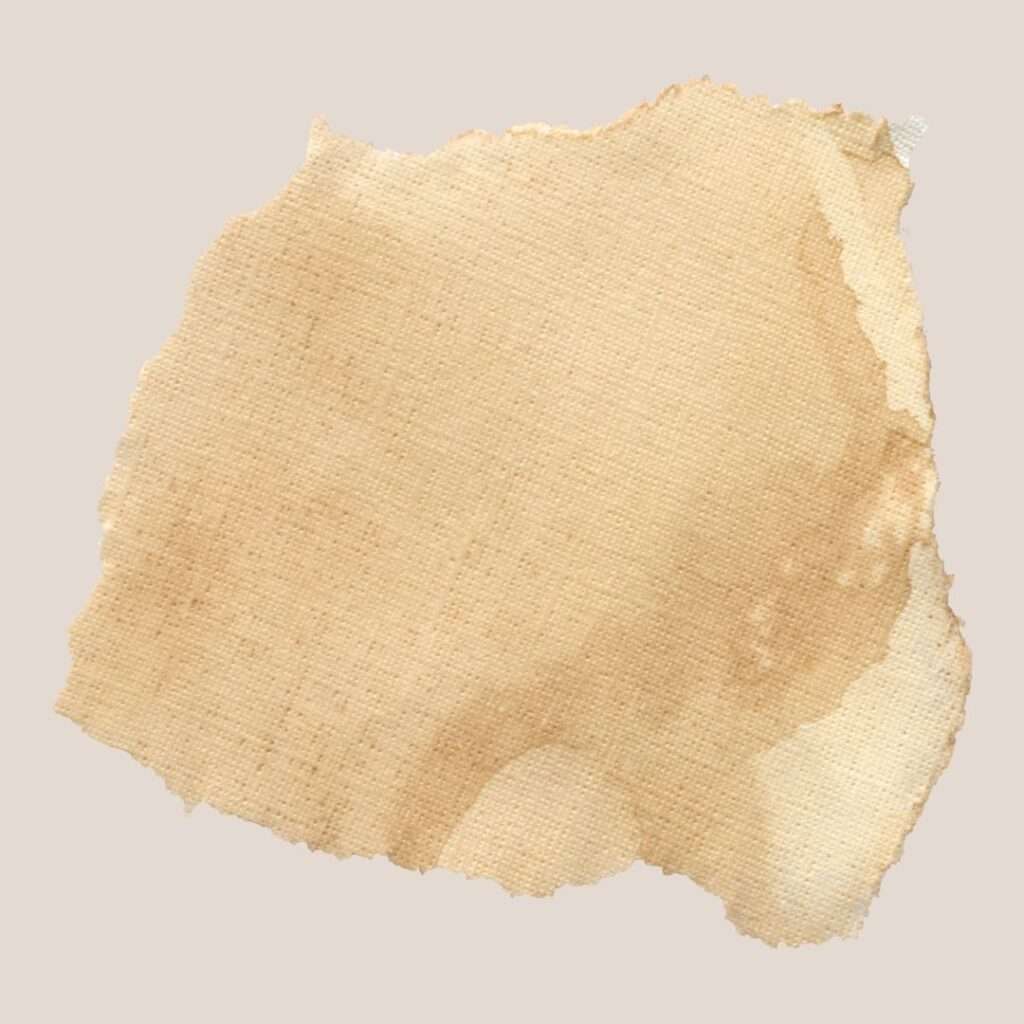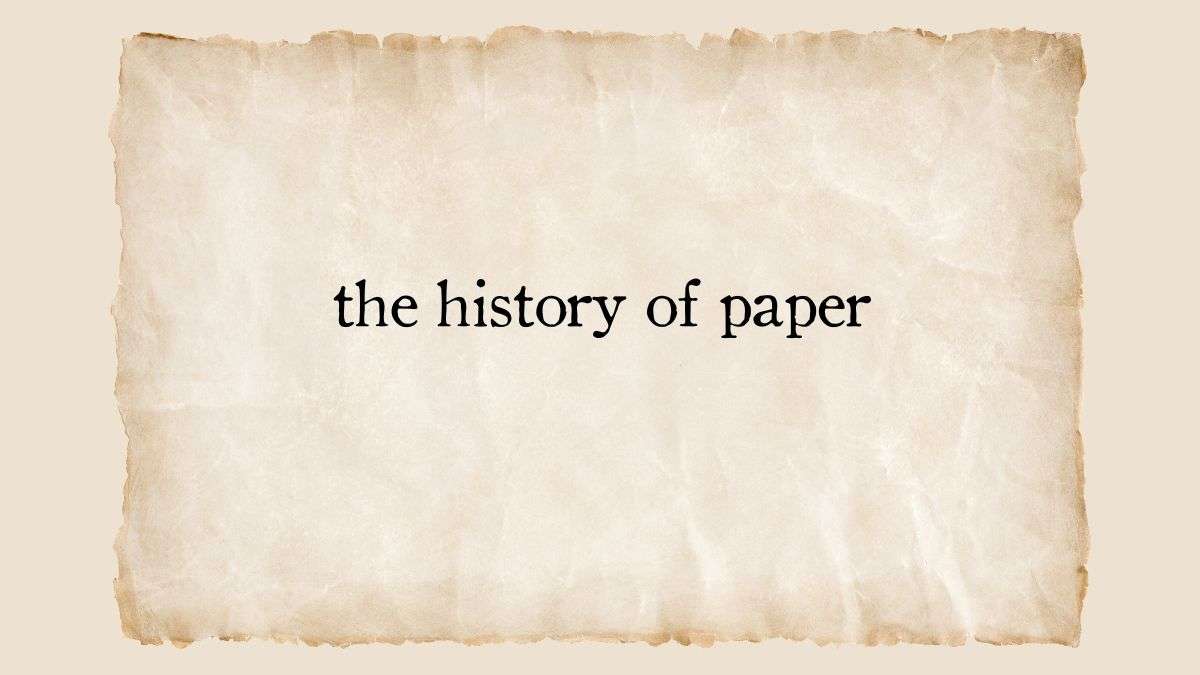Table of Contents
- Introduction
- The Origins and Early History of Paper
- Evolution of Paper and Writing
- Paper in Modern Publishing
- Conclusion
Introduction
Let’s step into the captivating history of paper, a material that has profoundly impacted communication, knowledge, and culture over centuries. At first glance, paper may seem simple—thin sheets made of pressed plant fibers. But behind its modest appearance lies a rich history interwoven with human civilization.
A Humble Material That Shaped History
Paper was invented over 2,000 years ago in China and has been integral to developing writing, literacy, art, and more. This unassuming material enabled groundbreaking innovations like printing, books, and mass communication that transformed societies. Despite its lightness and fragility, paper has had an outsized impact in shaping history.
Discovering the History of Paper Across Cultures and Time
From ancient Egypt’s papyrus to China’s early papermaking to Gutenberg’s printing press in 15th-century Europe, paper facilitated trade, religion, governance, and cultural exchange. Papermaking techniques spread along the Silk Route to the Islamic world and Europe, where paper mills powered the printing revolution. We’ll unravel the mystique around how this ubiquitous material has touched all aspects of human civilization.
Appreciating An Overlooked Material
In today’s digital age, the significance of physical paper is easily overlooked. Yet modern life would be unrecognizable without paper. As we trace the journey and history of paper, we gain a renewed appreciation for all the knowledge, art, and progress flowing through this modest medium. Paper’s endurance is a testament to its versatility and singular sensory experience for readers across centuries.
The Origins and Early History of Paper
The origins and history of paper span thousands of years. The earliest beginnings of papermaking occur in ancient China during the Han Dynasty around 105 CE.
The first true paper, as we recognize it today, was invented by a Chinese court official named Cai Lun (romanized as Ts’ai Lun) in 105 CE during the Eastern Han Dynasty. Before Cai Lun’s innovation, various materials were used for writing and recording information, including bones, bamboo strips, silk, and a precursor to paper known as papyrus in Egypt, which was made from the pith of the papyrus plant.
Cai Lun’s method improved existing papermaking techniques by using a mixture of mulberry bark, hemp, old rags, and fishnets. These raw materials were beaten into pulp and mixed with water. This suspension of fibers was then drained on a screen to form a mat, which, when dried, would become a sheet of paper. This process produced a more uniform and versatile writing surface than possible with earlier materials.
The invention of paper by Cai Lun had profound implications. It changed the course of the history of paper. It was cheaper and easier to produce than silk or bamboo, making it more accessible and spreading literacy and knowledge. Paper use quickly spread throughout China and was widespread by the third century.
The significance of this invention cannot be overstated; it revolutionized the way information was recorded, stored, and disseminated, setting the stage for future innovations such as woodblock printing and, eventually, the movable type printing press that transformed the publishing industry and altered the history of publishing.
As papermaking techniques continued to evolve and spread along trade routes such as the Silk Road, they reached the Islamic world and later medieval Europe, where the establishment of paper mills led to an explosion of knowledge and learning during the Renaissance.
Paper’s adaptability to various uses—from government documents to artistic expression—cemented its place as a cornerstone of civilization. Its story is not just one of technological innovation but also cultural exchange and the unquenchable human thirst for knowledge.
The Spread of Papermaking Techniques
Papermaking knowledge gradually spread westward along the famous Silk Road trading route. By the 8th century CE, Chinese papermaking techniques reached the Islamic world, where Muslim scholars improved paper quality using processes like sizing and glazing.
Egypt emerged as a major paper producer by 900 CE, with abundant papyrus plants along the Nile. Paper’s flexibility compared to materials like papyrus, parchment, or clay tablets made it ideal for recording information.
The Pivotal Role of Paper in Ancient Societies
As paper became more available, ancient civilizations transformed. China used paper for everything from currency to clothing, and its widespread usage enabled the spread of literature, education, and philosophy.
In the Islamic world, paper facilitated book production and science, math, and medicine scholarship. In Egypt, paper democratized writing as papyrus had been costlier. Paper thus became pivotal to cultural, economic, and knowledge development in the ancient world.
Evolution of Paper and Writing
Paper has been pivotal in spreading knowledge, literature, and religious texts throughout history. Before paper, information was recorded on stone, clay, wax, and animal skins that were heavy, unwieldy, and difficult to produce in large quantities. The invention of paper revolutionized the recording and transmission of information by providing a lightweight, versatile, and relatively inexpensive writing surface that could be mass-produced.
The availability of abundant and affordable paper drove an explosion in the production of books and manuscripts. This allowed knowledge, stories, ideas, and religious scriptures to spread widely. For example, the Buddhist Diamond Sutra, printed in 868 AD during the Tang Dynasty, is believed to be the earliest known printed book. The availability of paper and printing technology allowed Buddhist teachings to be distributed across China and beyond.
The paper has also facilitated the spread of literature and poetry. In the Islamic Golden Age, a thriving paper industry in Baghdad and Damascus helped support a vibrant literary culture. Poets and scholars produced countless literary works, with paper providing a versatile surface for calligraphy and illustrations.
While paper was invented in China around 100 AD, papermaking technology continued to evolve over the centuries. Key innovations that drove mass production included mechanized grinding/pulping, the invention of the Hollander beater, Fourdrinier machines, and more efficient paper sizing techniques. These advances converted paper production from a laborious manual process to industrialized manufacturing.
By the 19th century, using steam power and coal instead of water wheels further accelerated production. The invention of wood-pulping processes allowed paper to be made from wood instead of textile fibers like cotton and linen, making it much cheaper. These successive waves of technological innovation made paper available in unprecedented quantities.
The smooth and inexpensive surface provided by paper enormously facilitated the spread of literacy. This, in turn, helped standardize and evolve written languages. For example, Old English was written in various scripts like Runes before paper. But after the Norman Conquest introduced affordable parchment and paper, the modern Latin alphabet we use today was popularized through greater literacy.
The paper also encouraged cultural hybridization by enabling wider dissemination of information across space and time. For example, paper helped spread Chinese inventions like gunpowder, the compass, and printing to the Western world via the Silk Road trade routes. Ancient Greco-Roman texts preserved on Islamic paper were reintroduced to fuel the European Renaissance when Toledo, Spain, was reconquered in 1085 AD.
Thus, while seemingly simple, this versatile medium shaped the very course of human communication and connectivity.
Paper in Modern Publishing
Paper continues to play an integral role in the publishing industry today. From traditional printing presses churning out books, magazines, and newspapers to digital publishing platforms relying on data centers full of servers, paper enables the creation and transmission of published content on a vast scale.
Traditional Printing Methods
While digital technology has disrupted some aspects of publishing, traditional printing methods remain a core part of the industry. Massive rolls of paper are fed into high-speed printing presses capable of printing thousands of pages per hour, making the history of paper even more fascinating.
Printed materials like books and magazines are still popular with many readers who enjoy the tactile sensation of holding a physical publication.
Digital Publishing Landscape
At the same time, digital publishing has dramatically expanded access to content. While digital platforms like e-readers and websites may seem paperless, they rely extensively on data centers containing thousands of computer servers. These servers have components like circuit boards and cooling systems that function on various paper products.
Environmental Implications
With paper integral to traditional and digital publishing, the industry has had to grapple with its environmental impact. Concerns have been raised about deforestation associated with paper production. In response, many publishers have implemented sustainability initiatives like sourcing paper from responsibly managed forests and increasing the use of recycled paper.
Enduring Appeal of Print
Despite the growth of digital content, the unique sensory experience of reading a printed publication continues to have an enduring appeal. For many readers, there is an intangible, tactile pleasure in holding a bound book, flipping through the pages, and even smelling the ink. The print retains a singular place in our cultural imagination.

As we have seen, while the paper may seem like an antiquated technology, it remains deeply intertwined with modern publishing – from the reams of paper-driving printing presses to the pulp keeping data centers running. The publishing industry must balance meeting continued demand for paper products with responsible environmental stewardship.
Conclusion
As we have explored, the rich and multifaceted history of paper spans thousands of years. From its ancient origins in China and Egypt to its pivotal role in spreading knowledge during the Renaissance, the paper has been an integral medium underpinning communication, literature, and cultural development across civilizations.
Even in today’s digital age, paper is vital in publishing and documenting information. However, with greater awareness of paper’s environmental impact, there is a pressing need for sustainable practices to ensure responsible paper usage.
Consider the Ethical Dimensions of Paper
As consumers, we must critically examine our paper consumption habits. Strategies like double-sided printing, electronic filing, paper recycling programs, and purchasing paper from eco-conscious suppliers can dramatically reduce our paper footprint. We should also support advances in paper production methods using alternative fibers or forest restoration initiatives.
Appreciate Paper’s Enduring Relevance
Despite the prevalence of digital media, paper still holds unique sensory and aesthetic qualities that continue to shape publishing. The tangible, tactile experience of holding a book and turning its pages cannot be replicated digitally. The paper also provides permanence for recording information over decades or centuries. We must acknowledge paper’s ongoing significance alongside electronic media.
Explore More Aspects of Paper’s Legacy
There is still much more to uncover about the rich history of paper and its contemporary role across disciplines. Readers are encouraged to explore topics like calligraphy, bookbinding methods, paper art forms, security printing, or specialized paper applications in science and industry. Such exploration can deepen our appreciation for this marvelous medium.
As our journey through paper’s captivating history concludes, it is clear that despite its simplicity, paper has profoundly shaped the advancement of human civilization. We must strive to support its sustainable future as a cornerstone of documenting ideas and culture.


1 thought on “The Rich History of Paper”